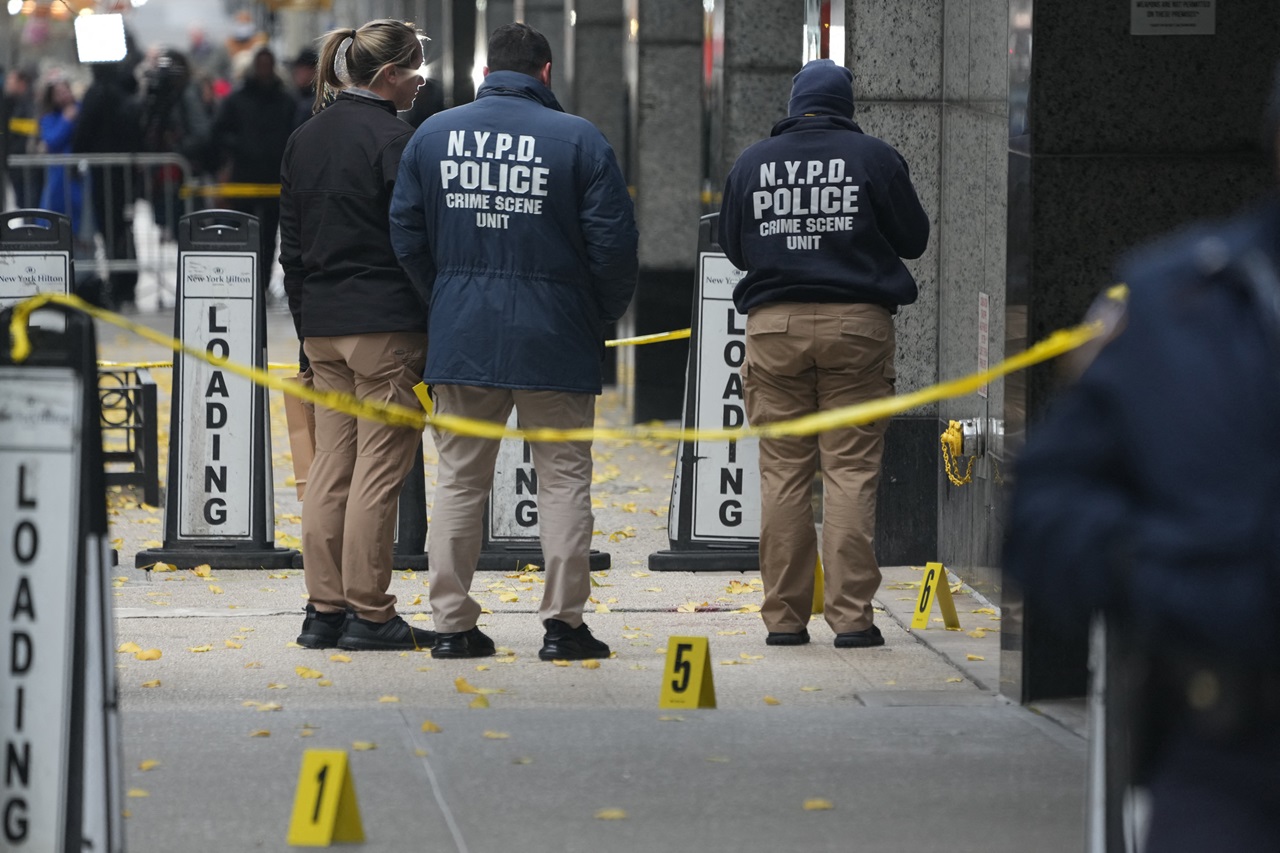
Under Trump, U.S. immigration courts experience record backlog of cases
In Pennsylvania, there are now more than 16,000 cases pending in the courts - more than double the Sept. 2016 number.
While President Trump fixates publicly on his desired border wall along the U.S.-Mexico border, his administration’s internal policies have walled off timely court hearings for those seeking asylum in the country.
As of January 2019, U.S. immigration courts had 829,608 cases pending adjudication, according to Syracuse University’s Transactional Records Access Clearinghouse (TRAC).
In just five years, this number has more than doubled, from 408,037.
While backlogged cases were on the rise during the Obama years, as well, the number has shot up dramatically since Trump took office.
In Sept. 2016, toward the end of the Obama administration, there were 516,031 cases pending. The nationwide backlog has since risen 61 percent.
In Pennsylvania, there are now more than 16,000 cases pending in the courts - more than double the Sept. 2016 number.
This is no fluke - immigration activists say it is clear that Trump administration policies that are to blame.
As has been well documented, the Trump administration has stepped up its enforcement of illegal immigration, beyond just pushing for a border wall. Across the country, there has been more cooperation between local law enforcement bodies and ICE, increased use of detainers, and more immigration sweeps on America’s streets, in workplaces and in criminal courts.
“If you have greater enforcement, you’re going to have more people in immigration proceedings. Although they’ve added judges to the Philadelphia court, it’s not keeping apace with enforcement,” Philippe Weisz, Managing Attorney, HIAS Pennsylvania, told AL DÍA.
In addition, internal guidelines handed down under former Attorney General Jeff Sessions essentially eliminated the practice of prosecutorial discretion, and judges’ authority to more effectively manage their dockets.
“The Trump administration expanded ‘enforcement priorities’ so broadly as to render the term meaningless,” the American Immigration Council explains in their fact sheet on immigration priorities under Trump.
Under Obama, there was some effort to exercise discretion, however imperfect the design and execution. The 2010 “Morton memo,” so named after then-ICE Director John Morton, laid out three levels of priority for immigration officers to follow when determining who to “apprehend, detain and deport.”
Threats to national security and immigrants with criminal convictions were top-level priorities, followed by undocumented immigrants who recently entered the country, and lastly, migrants who re-entered the country after being deported, or who didn’t follow a previous removal order.
In 2014, the Johnson Memo replaced the Morton Memo. The new guidelines kept intact three levels of priority, beginning again with threats to national security and public safety.
Fast forward now to Jan. 2017. Following the executive order Trump issued just five days into his presidency, his former Secretary of Homeland Security, John Kelly, issued a directive walking back the priority levels in place.
RELATED CONTENT
All said, resources have been spread thin with no ability to strategically prioritize cases - it’s no surprise the logjam in the courts has reached an all-time high.
And, it’s more than just a numbers problem. The human consequences are real, however invisible they may be to most Americans.
As immigration cases mount in the courts, wait times have predictably risen, too.
While wait times in Pennsylvania have largely remained stagnant since Trump took office, nationwide, wait times have increased by 11 percent in the last three and a half years.
In Sept. 2016, cases took, on average, 672 days to be adjudicated, according to TRAC. Today, it’s 746 days.
“Their cases are languishing for years during which time many of these applicants are ineligible for employment authorization, so they’re made to stick it out here in the U.S. without employment authorization, while they’re waiting for their hearing before the court,” Weisz said.
Reuniting with family is also a concern that’s been aggravated.
“Take, for example, the prototypical of, let’s say, a single mother who’s been forced to flee her country and maybe has left her children in the home country. If she is granted asylum, she’s able to then petition and bring her children over,” Weisz continued.
“Because you’re delaying this adjudication for years, you’re causing an increased separation, longer separation than necessary between the mother and the child.”
Trump’s wall along the southern border may yet to be built, but barriers within the country’s immigration system have been erected already - and they’re neither strategic, nor compassionate.











LEAVE A COMMENT:
Join the discussion! Leave a comment.